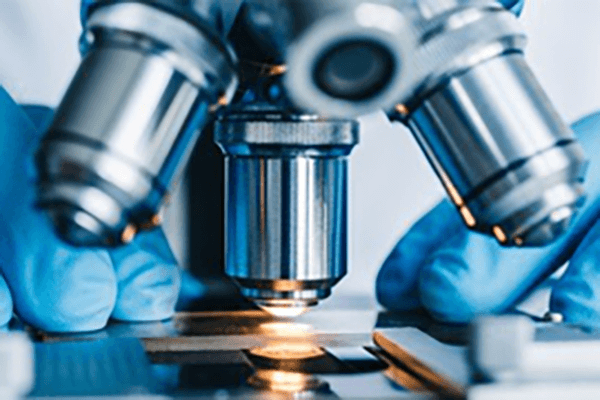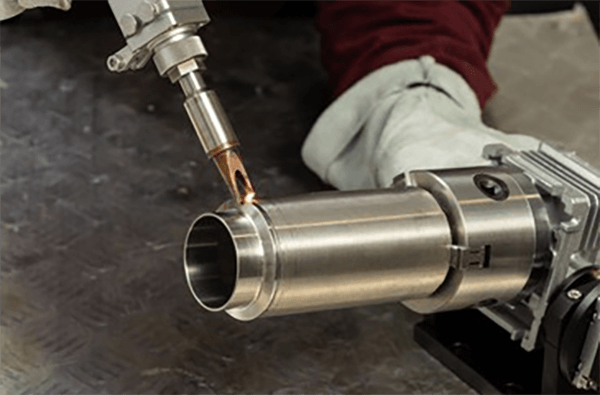
Delivering appointed top-layer smoothness for a manufactured item proves indispensable.
- Surface finish callouts in engineering drawings provide the exact specifications for the finish of a part
- Technical callouts use Ra, a measure of average irregularity, to quantify finish
- Grasping callout meaning is essential to make parts conform to design intent
- Specified texture can change lubrication regimes, frictional forces, and endurance
- Correctly reading the finish notation is necessary to attain the intended result
CNC Machining: A Definition of Precision

CNC-driven fabrication functions as a modern manufacturing method employing digital instructions the machinery forms elaborate parts with exactness.
- This process enables the creation of high-quality parts from a wide range of materials
- CNC’s flexible capabilities match requirements of aerospace and automotive fields
- Programmed machining assures dependable consistency across manufacturing cycles
From early-stage prototyping through mass manufacturing CNC machining underpins modern fabrication
CNC Spec Interpretation
Understanding equipment specifications can look intimidating initially
However with a bit of knowledge and a systematic approach you can easily navigate these technical details
Set out by finding key metrics: spindle speed, feed settings, positional accuracy, work envelope, controller
All these parameters affect the tool’s total functional output.
In practice greater spindle speed often suits ductile substrates whereas higher feed supports productivity.
Seeing these associations aids in selecting the correct machine for your use
Be sure to refer to vendor documentation completely.
Producer documentation frequently delivers important notes and clarifies terminology
A Guide to CNC Machines: What You Need to Know
Computer numerical control machines denote software-driven tools for precise automated fabrication of many substances They operate by interpreting digital instructions called G-code to control cutting tools or other actuators.
- Various CNC platforms encompass milling centers, turning lathes, routers, plasma systems
- Production processes accommodate metal alloys, plastics, woods, and composite materials
- Likewise CNC solutions enable fast prototyping and small-lot production for enterprises and research labs
CNC Fundamentals and Principles
They manifest coupling of mechanical fidelity and complex software governance These versatile tools utilize computer programming to automatically manufacture a wide range of parts from simple components to complex assemblies Primary notion maps digital geometry to tangible fabricated pieces.
- Machine-controlled machining
- Software-guided fabrication
It follows systematic positional moves controlled by code Engineers contribute by setting machining variables, overseeing runs, and assuring product standards.
Surface Finish's Importance in CNC Machining
Meeting set surface quality in CNC work is significant It changes how a part performs and how it looks The material, machining regimen, and subsequent finishing treatments contribute to surface quality.
Superior polishing extends service life; rougher finishes may limit capability Numerical control machining supplies multiple methods and cutters to obtain target textures.
- Example: altering tool nose radius and flute profile |ceramic cutters|speed settings to obtain particular finish
- In addition buffing, grinding, and sanding may be applied to upgrade finishes
Grasping how machining variables affect texture is critical to obtain optimal outcomes.
CNC Basics — Operation and Uses
Precision production uses machine control software to shape parts from different material classes They interpret digital toolpaths to carve detailed designs reliably Basic knowledge of machine operation, G-code, and tooling selection plays a vital role in success
Industries that use CNC range from aviation and automotive to medical and electronics From turbine components to precision mold cores, CNC supports manufacture of complex parts
Notation for Surface Finish on Machined Parts
Right specification of finish is necessary for CNC-produced parts It guarantees the finished part fulfills functional and visual criteria Surface finish callouts are typically represented using the system known as the Surface Roughness Ra This numerical value expressed in micrometers inches or millimeters indicates the average height of surface irregularities.
Factor in desired smoothness and the component’s functional purpose when setting finish callouts

Example: polished finishes often suit parts needing close tolerances and exact mating
By contrast coarser finishes may be useful where additional grip or friction is desirable
Provide specific finish callouts in engineering drawings to communicate texture needs Document the Ra value and enumerate any extra finishing or treatment instructions.
Observe that unambiguous finish specifications are vital for manufacturing outcomes
CNC Machine Categories and Capabilities
Machine shops deploy varied CNC equipment tailored to many distinct production tasks They use CAD-generated toolpaths to control tooling for exact component production.
- Turning equipment specializes in rotating the workpiece to create cylindrical shapes
- Routers carve wood composite and plastics into detailed shapes and profiles
- Waterjet cutters use high-pressure abrasive streams to cut diverse materials without thermal effects
Choosing the right CNC depends on production goals material type and required accuracy Distinctive CNC features make these machines indispensable across multiple industries.
Achieving Premium Surface Results in CNC Processes
Realizing premium surface texture is vital and CNC machining supplies tools to accomplish it By adjusting feed, rpm, and cutter geometry skilled staff shape chip flow and surface formation for better finishes Moreover premium cutters and correct coolant application enhance surface outcomes Selecting appropriate cutting approaches and detailed machine calibration yields high-quality surfaces.
Achieving Surface Finish in CNC Programming
Skillful CNC programming directly impacts the final surface quality Machining parameter combos such as feed, rpm, and tool geometry set the surface characteristics Deliberate parameter selection and optimized lubrication enable near-flawless finishes.
- Besides that systematic tool upkeep and monitoring ensure sustained surface quality Besides that systematic tool cnc full form machine upkeep and monitoring ensure sustained surface quality In addition periodic tool servicing and checks secure consistent surface quality
- To improve surface outcome account for material, roughness target, and application
- Employing simulation software can help visualize and fine-tune cutting parameters before machining reducing the risk of surface defects
- Also ongoing tool care and inspection support sustained finish reliability
